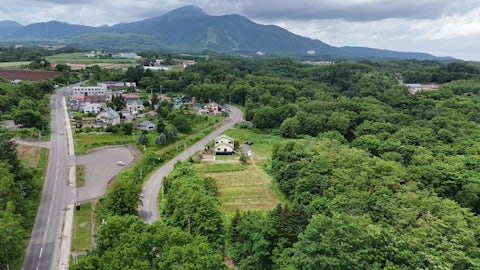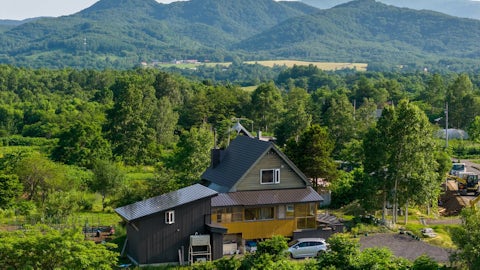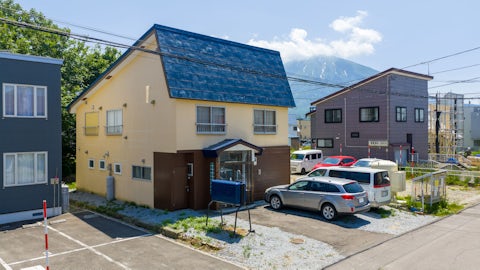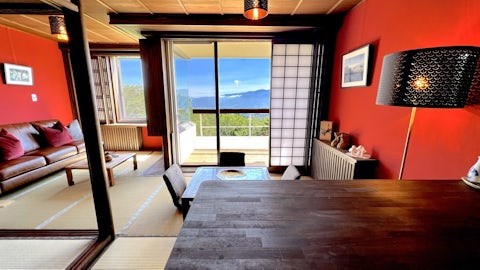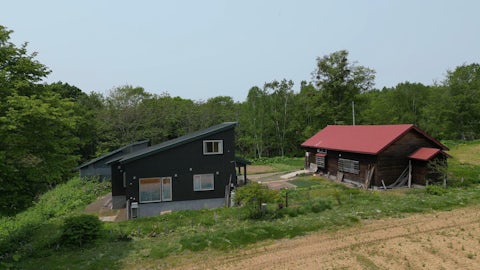
One of the most unique Japanese cultural experiences is the highly formalised storytelling method called the traditional Japanese theatre. While it may seem intimidating due to cultural and language differences, it carries a rich history and an unparalleled cultural legacy worth sharing globally.

Japanese traditional theatre encompasses three distinct forms: kabuki, noh, and bunraku. It originated around the 15th and 16th centuries and was initially performed in the imperial courts. Let's explore each of these art forms:
Kabuki
Emerging during the Edo period, Kabuki focuses on singing, dancing and elaborate performances. It features intricate costumes, masks, and live traditional music. Likewise, kabuki stages a diverse range of stories, including historical narratives, heartwarming dramas, moral tales, love stories and tragedies.
A unique feature of Kabuki is kurugos or assistants who provide hand props to actors. Witnessing a kabuki performance may be difficult to understand as it uses a traditional Japanese language, although some theatres provide English translations on headphones.

You can enjoy the best kabuki performance in Kabukiza Theatre and Gallery, an icon of Ginza, Tokyo since 1889. Additionally, the oldest Kabuki theatre recorded in Japan is the Konpira Grand Theatre, also known as Kanamaru-za, built-in 1835 at the Kotohira town of Kagawa Prefecture.
Noh
Originating in the 14th century, Noh draws inspiration from traditional literature. Actors wear stylized masks, and costumes and employ traditional instruments. A defining feature is the masks that signify the character being portrayed, intricately carved from Japanese cypress. Noh stories can be categorised as genzai (human characters with a linear timeline), mugen (involving supernatural worlds), and ryokake (a blend of both).

Experience exceptional Noh performances at the National Noh Theatre, which boasts a 400-year-old cypress stage and offers English translations for the audience.
Bunraku
Originating during the Edo period, Bunraku is the traditional puppet theatre. It features half-life-size puppets (150 cm tall) with intricate designs and costumes. These puppets are operated by a primary performer at the head and two assistant performers controlling the hands. Expertly crafted by specialists, bunraku stories revolve around classic love tales, heroic legends and historical events.

You can witness a Bunraku performance at the National Bunraku Theatre in Osaka, with English programs and headphones available. You can also view it at the National Theatre with a free museum of costumes and puppets up close.
These traditional Japanese theatre forms offer an immersive and culturally enriching experience. Despite some language barriers, several venues provide English translations to enhance your understanding. Each form of theatre promises a glimpse into Japan's rich cultural heritage.


